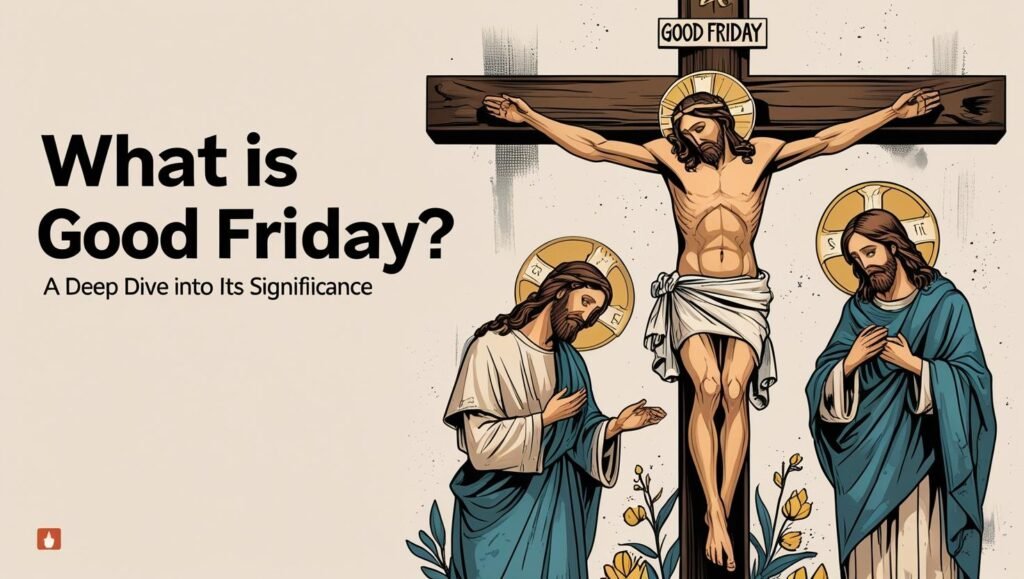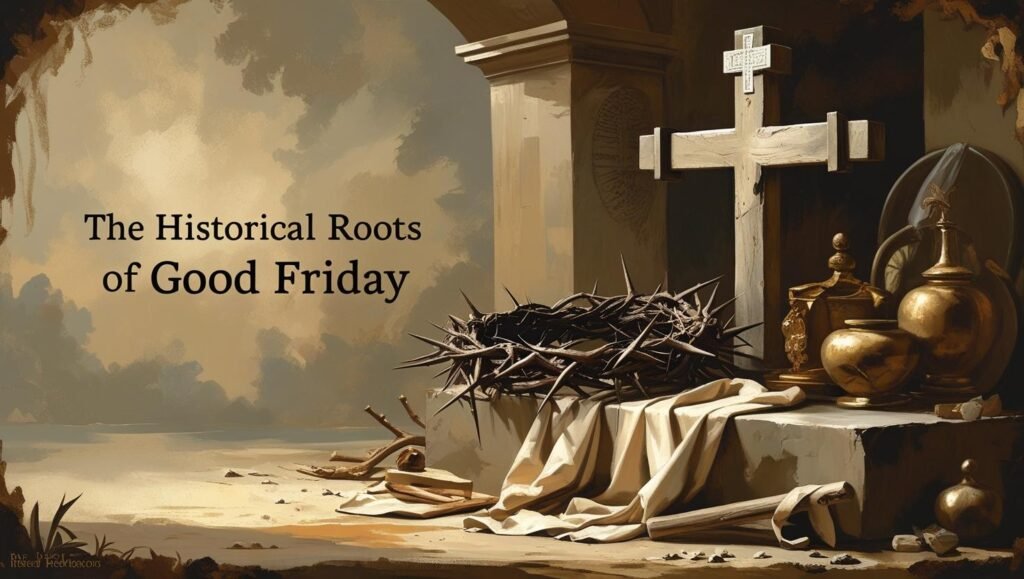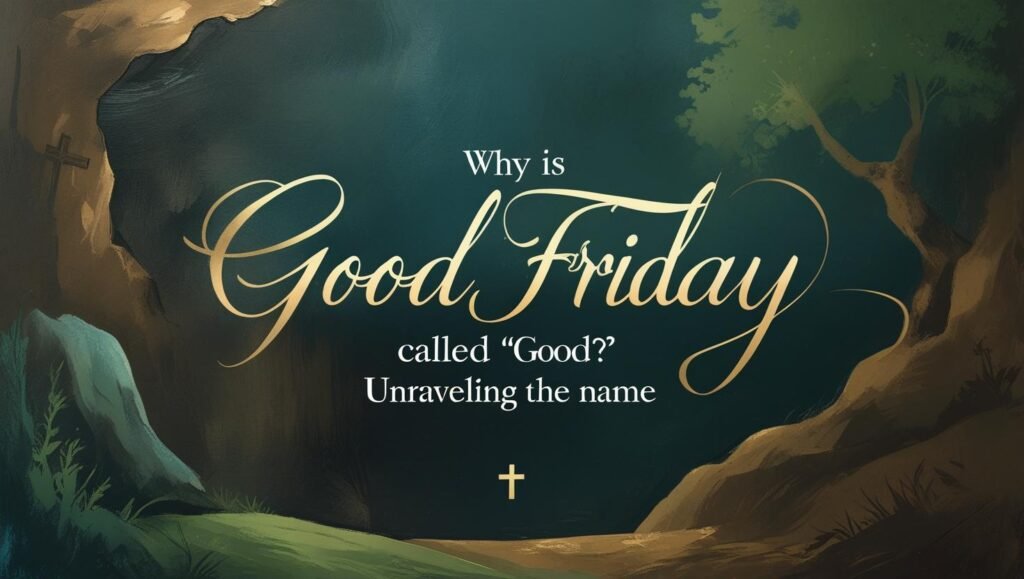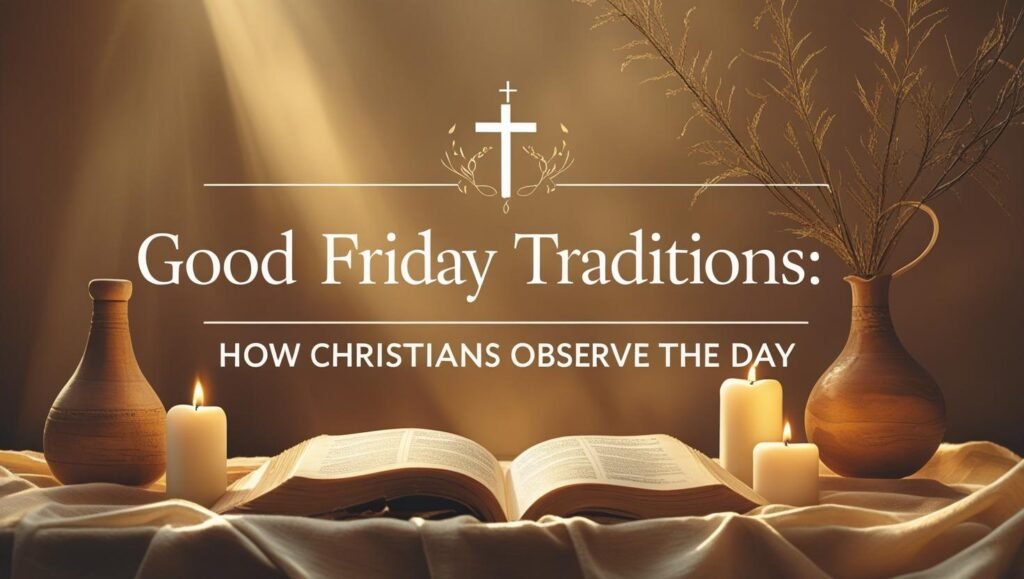
Good Friday stands as a cornerstone of Christian faith, a solemn day steeped in profound significance, commemorating the crucifixion and death of Jesus Christ. Observed during Holy Week, the Friday before Easter Sunday, this day invites believers worldwide to reflect on the immense sacrifice of Jesus, the love of God, and the promise of redemption. This comprehensive guide delves into the history, meaning, traditions, and global observances of Good Friday, offering a deep understanding of its role in Christianity.
What Is Good Friday? A Deep Dive into Its Significance

Good Friday marks the day Jesus Christ was crucified on the cross at Calvary, also known as Golgotha, a pivotal event in Christian theology. According to the New Testament, Judas Iscariot betrayed Jesus in the Garden of Gethsemane. Roman soldiers arrested Him, and the Roman governor Pontius Pilate tried and sentenced Him to death. The soldiers beat and mocked Jesus, then forced Him to carry a heavy wooden cross. He endured immense suffering and died on the cross alongside two thieves. This sacrifice, Christians believe, atoned for humanity’s sins, reconciling mankind with God and opening the path to eternal life.
The term “Good” in Good Friday may seem paradoxical given the day’s somber nature. Historically, “good” derives from an older English usage meaning “holy” or “pious,” aligning with the day’s sacred purpose. Some traditions also suggest it reflects the “good” outcome of Jesus’ sacrifice—salvation and hope—culminating in His resurrection on Easter Sunday. Scriptures like Isaiah 53:5 (“He was pierced for our transgressions… and by His wounds we are healed”) and 1 Peter 3:18 (“Christ suffered for our sins once for all time”) underscore this redemptive power.
The Historical Roots of Good Friday

The origins of Good Friday trace back to the early Christian church, with observances emerging as early as 100 CE, initially tied to fasting and penance. By the 4th century, the crucifixion became a distinct focus, separate from the unified celebration of Jesus’ death and resurrection held the evening before Easter. The Synoptic Gospels (Matthew, Mark, and Luke) place Jesus’ death on 15 Nisan, the first day of Passover, linking it to the Jewish Passover seder, a meal Jesus shared with His disciples, known as the Last Supper. Conversely, the Gospel of John suggests the crucifixion occurred on 14 Nisan, before Passover began, highlighting a theological nuance in dating.
Over centuries, Good Friday evolved, shaped by cultural and ecclesiastical shifts. The Roman Catholic Church formalized liturgies by the Middle Ages, omitting the Mass on this day and focusing on the Passion narrative, cross veneration, and Communion from the prior day’s consecration. The Eastern Orthodox Church, meanwhile, developed unique practices, such as the Vespers of the Epitaphios, a cloth icon of Christ’s body. Despite variations, the day’s core remains a universal Christian remembrance of Christ’s ultimate act of love.
Why Is Good Friday Called “Good”? Unraveling the Name

The naming of Good Friday sparks curiosity due to the harrowing events it recalls.Linguistic roots reveal that “good” once meant “holy” in Old English, as in “the good book” (Bible). So, Good Friday aligns with terms like “Holy Friday” (e.g., Spanish “Viernes Santo”) and the Eastern Orthodox “Great and Holy Friday.”In Germany, it’s “Karfreitag,” or “Sorrowful Friday,” capturing the day’s mournful tone.
Beyond etymology, the “good” reflects the spiritual triumph of Jesus’ sacrifice. Romans 5:8 declares, “God demonstrates His own love for us in this: While we were still sinners, Christ died for us.” This act bridged the gap between humanity and God, offering forgiveness and eternal hope. Though marked by agony—flogging, a crown of thorns, and crucifixion—the day’s goodness lies in its outcome: redemption, paving the way for Easter’s victory over death.
Good Friday Traditions: How Christians Observe the Day

Good Friday observances vary across denominations and regions, yet all center on reflection, repentance, and reverence for the cross. Below are key traditions practiced worldwide:
Church Services and Liturgies
- Roman Catholic Practice: No Mass is celebrated, a rare exception, symbolizing the gravity of Christ’s death. The liturgy includes reading the Passion from John’s Gospel, prayers for the world, and veneration of the cross, where believers kiss or bow before a crucifix.
- Three Hours’ Agony: From noon to 3 p.m., marking the hours Jesus hung on the cross, many churches hold the “Three Hours’ Devotion,” meditating on His seven last words, such as “Father, forgive them, for they know not what they do” (Luke 23:34).
- Eastern Orthodox Vespers: The Epitaphios, a richly adorned cloth depicting Christ’s body, is placed on a flower-covered table, symbolizing His tomb, during evening prayers.
Fasting and Abstinence
- Christians, especially Catholics, fast, limiting themselves to one full meal and two smaller collations, and abstain from meat, honoring Jesus’ sacrifice of His flesh. This mirrors the 40-day Lenten fast, intensifying focus on prayer and penitence.
Stations of the Cross
- A 14-step devotion retraces Jesus’ journey from condemnation to burial. Churches or outdoor settings often display paintings or sculptures at each station, where believers pray and reflect on His suffering—from carrying the cross to His burial in the tomb.
Global Processions and Customs
- Jerusalem: Pilgrims walk the Via Dolorosa, the path Jesus took to Golgotha, some carrying crosses in solidarity.
- Philippines: Devout Catholics reenact the crucifixion, with processions and, in rare cases, voluntary nailings as an extreme act of penance.
- Bermuda: Handmade kites are flown, symbolizing the cross and Christ’s ascension, a tradition from the 19th century.
- Poland: Families fast on bread and potatoes, while egg decorating begins, blending solemnity with Easter preparation.
Churches often drape crosses in black, remove flowers, and dim lights, creating a stark, mournful atmosphere to mirror the day’s gravity.
- Palm Sunday: Commemorates Jesus’ entry into Jerusalem, greeted by crowds waving palm branches.
- Maundy Thursday: Recalls the Last Supper, where Jesus instituted the Eucharist and washed His disciples’ feet, a model of humility.
- Good Friday: The day of crucifixion, central to redemption.
- Holy Saturday: A quiet day of waiting, as Jesus lies in the tomb.
- Easter Sunday: Celebrates the resurrection, the triumph of life over death.
This progression underscores Good Friday’s role as the bridge between suffering and salvation.
The Spiritual Impact of Good Friday

Good Friday reminds Christians of the weight of sin and God’s deep love. Jesus cried, “My God, my God, why have You forsaken me?” (Matthew 27:46), expressing profound abandonment. Yet in His final breath, He declared, “It is finished” (John 19:30), proclaiming victory. The torn curtain, quaking earth, and centurion’s words—“Surely this was the Son of God!”—reveal divine power in action.
This day calls for introspection. Believers reflect on personal failings, seek forgiveness, and renew faith, inspired by Jesus’ selflessness. It’s a reminder of hope amid darkness, as the cross leads to the empty tomb of Easter.
Good Friday 2025: Dates and Global Recognition

Good Friday’s date shifts annually, tied to the lunar calendar and Passover, falling between March 20 and April 23. In 2025, Good Friday occurs on April 18, with Easter Sunday following on April 20. Future dates include:
- 2026: April 3
- 2027: March 26
- 2028: April 14
Observed as a legal holiday in many countries, including Germany, the UK, and parts of the U.S., many schools and offices close. In places like Costa Rica, the Philippines, and Serbia, local customs reflect a blend of faith and culture.
How to Observe Good Friday: Practical Steps
To honor Good Friday meaningfully, consider these practices:
- Attend a Service: Join a church for Passion readings, hymns, or the Three Hours’ Agony.
- Pray and Reflect: Meditate on Jesus’ sacrifice, using scriptures like Matthew 27:27-56 or John 19:25-30.
- Fast or Abstain: Skip meat or limit meals, dedicating time to prayer.
- Walk the Stations: Follow the 14 Stations of the Cross, in person or virtually, to trace Jesus’ path.
- Acts of Charity: Serve others, mirroring Jesus’ love, through donations or kindness.
Conclusion: The Enduring Legacy of Good Friday
Good Friday, a day of sorrow and sanctity, anchors the Christian narrative of redemption. Through Jesus’ crucifixion, believers find forgiveness, reconciliation, and the promise of eternal life. From ancient roots to modern traditions—church services, fasting, processions, and kite-flying—this day unites millions in reflection and hope. As April 18, 2025, approaches, embrace Good Friday’s message: out of profound sacrifice comes the light of resurrection, a truth that transforms lives and echoes through the ages.